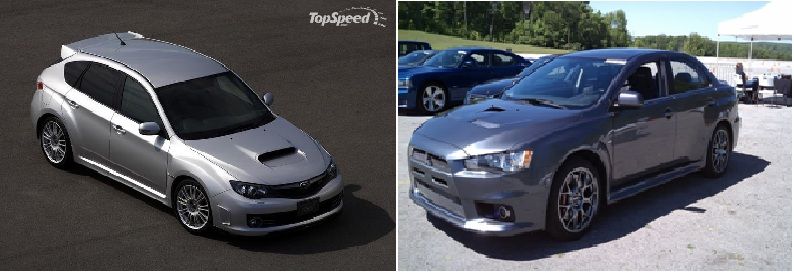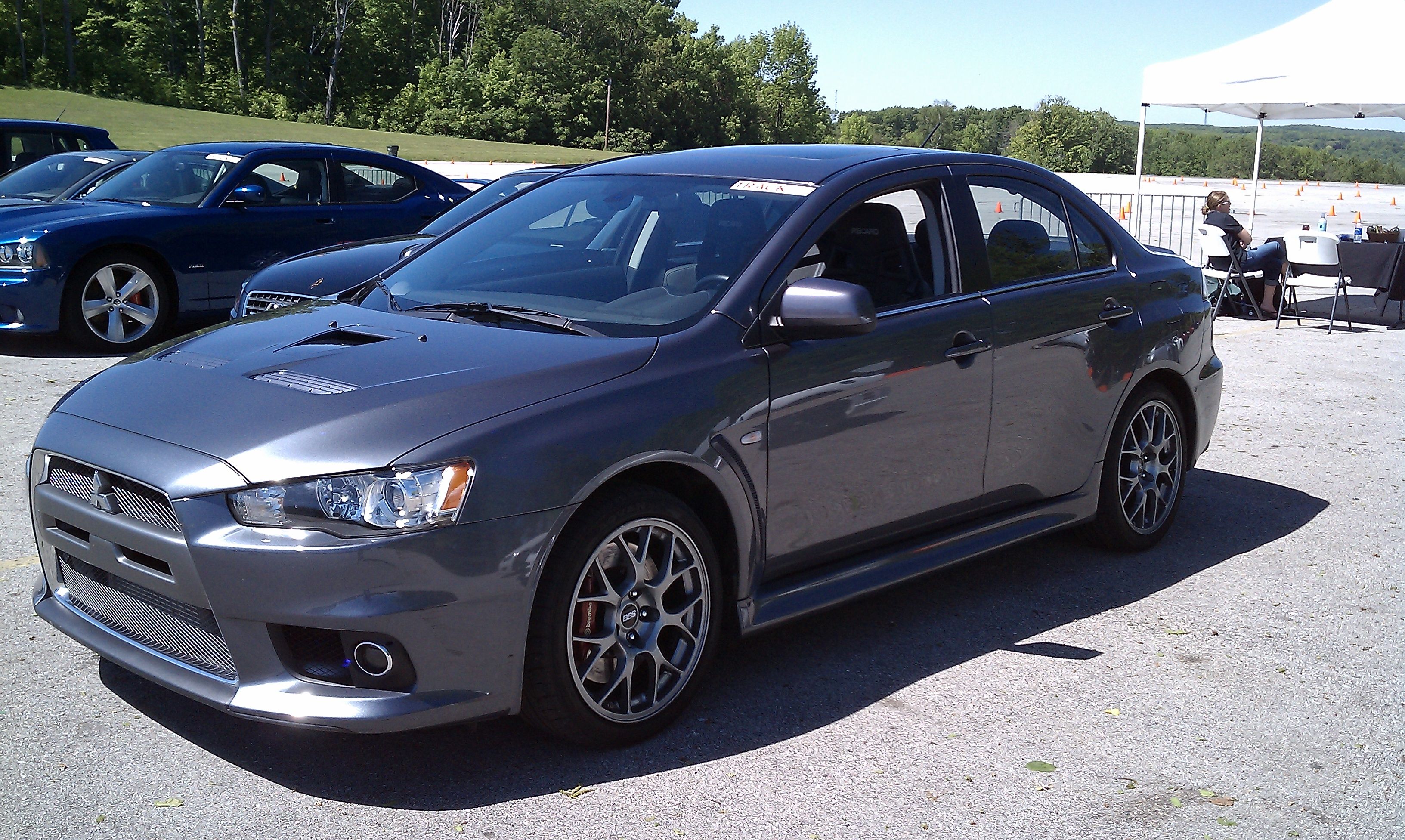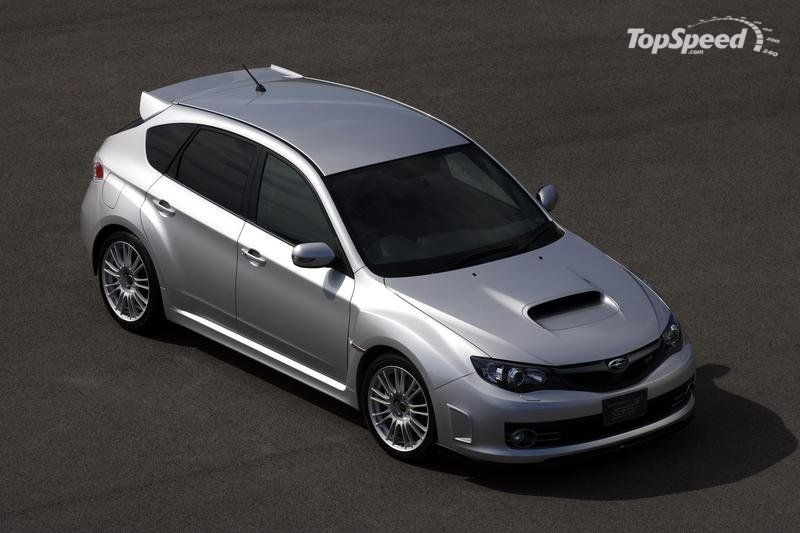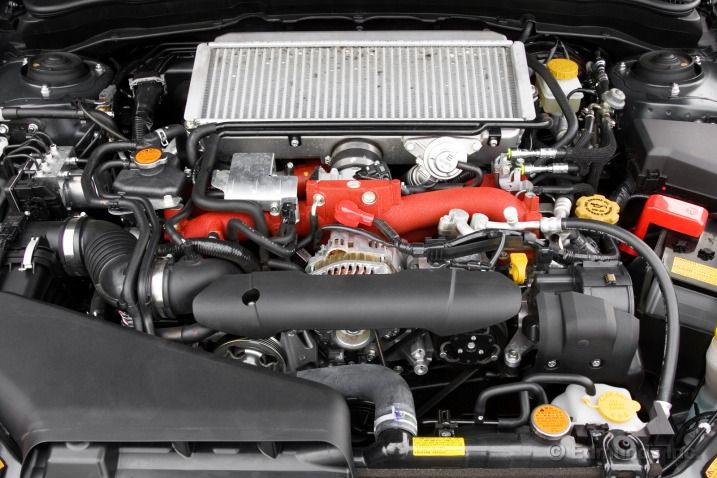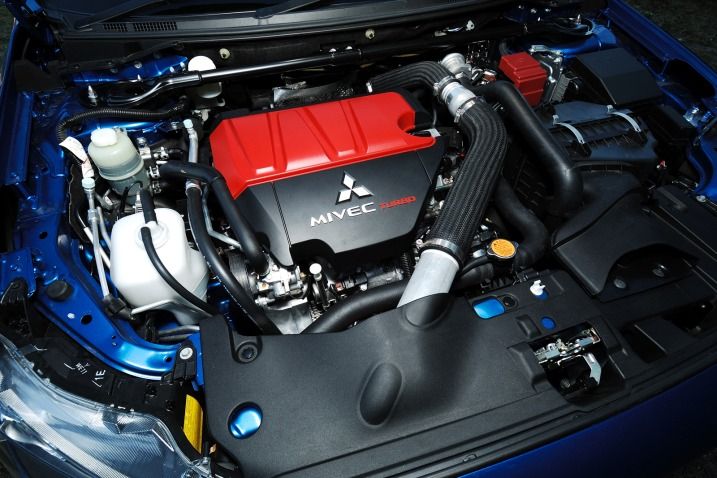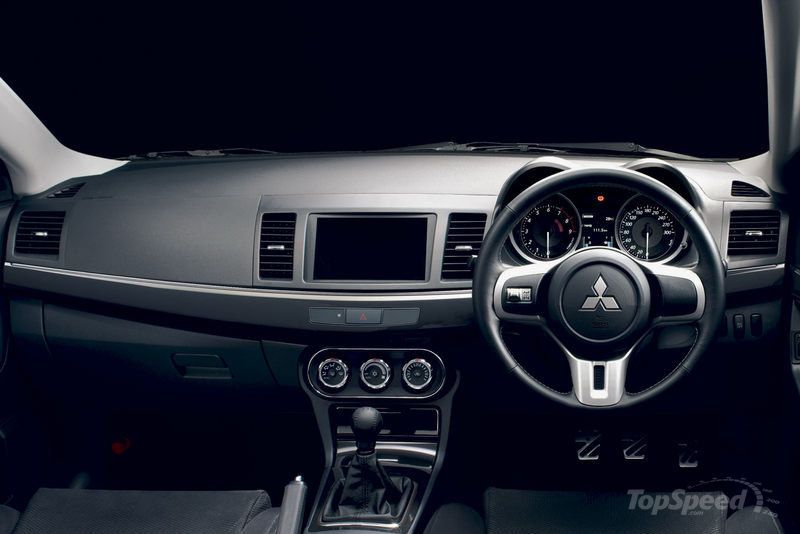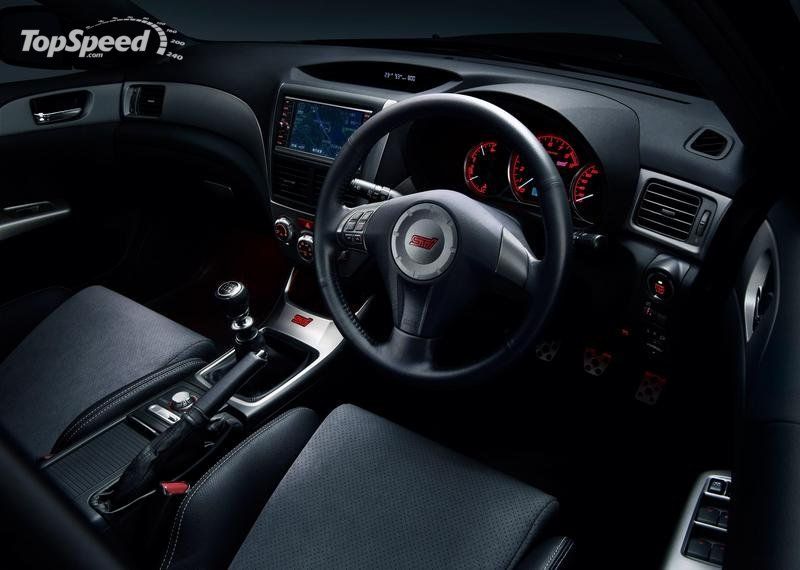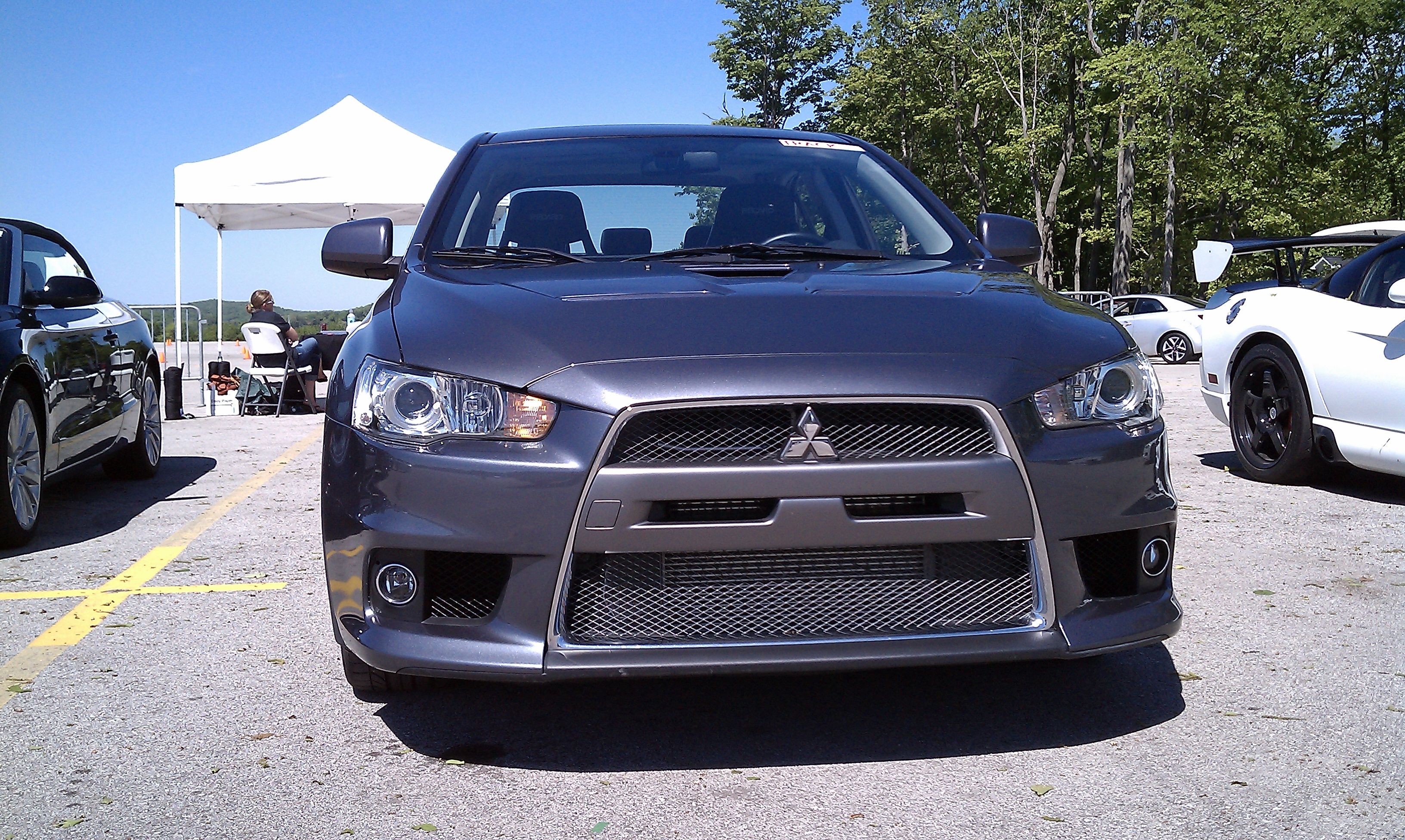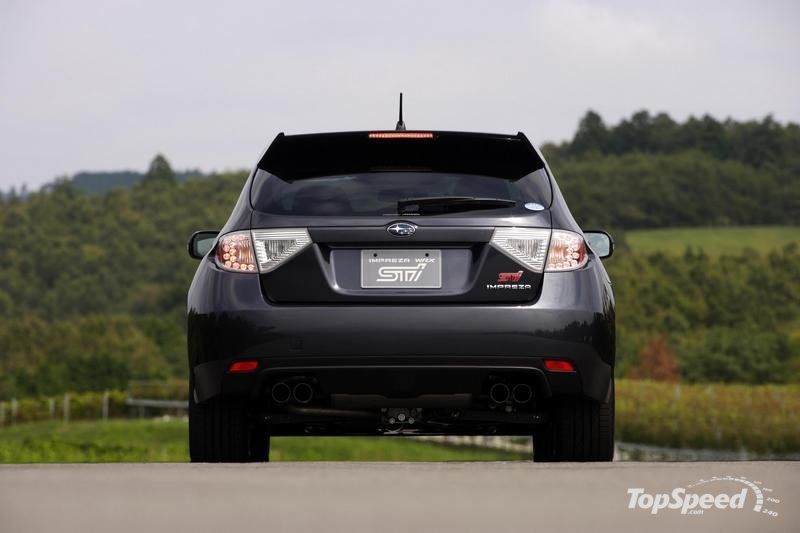A civil war has erupted in the automotive world and it’s all thanks to the Japanese. This has nothing to do with baseball, sumo wrestling, or the World Cup. It doesn’t even have anything to do with Honda and Toyota, the two biggest car companies in the Asian country. This is a battle of the younger persons car; two rally machines that have been fighting for years.
In the left corner we have one of the most prolific rally cars of all time, the 2010 Subaru WRX STI->ke1319. Not quite sure what all those letters stand for but it’s bound to be something with speed or rally in it. The STI has been refreshed time and time again and it has always lagged behind the Mitsubishi->ke58 in terms of sales and track performance. Yet, that hasn’t stopped them from releasing this new version and making it that much better.
In the right corner we have the 2010 Mitsubishi Lancer Evolution X and you guessed it, this is the tenth version. The Lancer Evolution is a definite boy's toy. It’s hard on the blacktop, dull and boring inside, but all that doesn’t mean anything. It’s this cars rally heritage that makes it so good where it matters.
So, which Japanese rally car takes the champagne and which will win in TopSpeed's epic battle, the STI or the EVO?
We’ve all been here before, as we have compared these two for quite some time now. During each test the Mitsubishi proved slightly faster, turned into corners quicker, and gave us more feedback through the wheel on what the car was doing.
This time the Evo X is ready to continue the fight again with a 295 horsepower turbocharged 2.0-liter inline-four, connected to a five-speed manual transmission. The STI marches into war with a 304 horsepower turbocharged 2.0-liter Boxer engine, which means the motor is horizontally placed inside the engine bay. That motor is connected to a six-speed manual gearbox. If you so choose, you can get the Evo with a dual-clutch six-speed automated manual, but where’s the fun in that?
In an effort to ditch the punk teenage driver persona, the Lancer Evolution has done a bit of growing up. No longer do we find the taxi-on-steroids visual appearance, instead, there is a grown up look to the car, capped off by an Audi->ke14-style full-frame grille, a high beltline, and a more laid back rear wing. The cabin has been enlarged so you can take the whole family around the track and the wheelbase is 1 inch longer as well. We think this is the best-looking Evo in recent history.
The STI->ke1319 on the other hand is a whole other ballgame. The Subaru big shots decided that a hatchback was the right thing to do and who can blame them? Hot hatches are buckets of fun and should allow the STI to appeal to a broader range of people. There is a swooping rear taillight, fender blisters, a huge hood scoop, and a rear wing that looks a bit awkward if we're going to be honest.
Though the STI is a bit more aggressive looking than its WRX sibling, its front end has been given a shot of Novocain, where as the rest of the car has gone wild. It has generic headlights and a boring grille. This really hampers the overall look of the car. The Evo on the other hand looks good all the way around, just be sure to clean the bugs off of that massive front fascia because it will be sure to collect them.
Under the hood
The Mitsubishi->ke58 and the Subaru->ke86 both use a turbocharged 2.0-liter four-cylinder that are tuned to pump out as much power as they can muster without blowing up in a cloud of embarrassment.
The STI’s->ke1319 2.0-liter boxer turbo gives out 304 horsepower at 6,400 rpm and whopping 311 pound-feet of torque at 4,400 rpm. This massive power is down to a different twin-scroll turbocharger, a bigger intercooler, and variable valve timing now on both the inlet and exhaust cams. All that power and all those new upgrades help the STI hit 60 miles per hour in just 4.9 seconds.
On the track the STI delivers more torque lower in the rev range than the old version. Power delivery is smooth and laid back around 2,800 rpm and if you decide to go for a little speed run, the wave of torque carries you toward 6,000 rpm with ease and elegance.
Helping keep that power on the road is the Subaru’s new six-speed manual gearbox that has new triple synchros on 1st and 2nd gears and double from 3rd to 6th. The shifting experience feels miles ahead of anything the Evolution can muster. Not to mention the fantastic noise that comes out of the exhaust.
Mitsubishi’s->ke58 4G63 engine, with its iron block, has been replaced by an all-new aluminum inline-four, which saves 28 pounds of weight. The engine has been strengthened using forged connecting rods, a forged crankshaft, and a semi-closed deck. All these additions should help the engine withstand the stress of the turbocharger.
The 2.0-liter motor produces 295 horsepower at 6,500 rpm and 300 pound-feet of torque at 4,000 rpm. Thanks to its close ratio manual gearbox, the Evo can hit 60 miles per hour in just 4.9 seconds, the same as the STI.
When thrashing the Evo around the track, we see a clear difference from the older models. The Evolution X begins to access its boost at around 3,000 rpm and the power builds all the way up to 7,000 rpm. While the Evo is as quick as the STI in the lower revs, the Mitsubishi loses some of its power at the top end.
The Evolution’s gearbox is a bit of a let down. The first four gears are meant to be the short and quick, while fifth gear is very tall and meant for highway driving. A six-speed manual would have been a better option.
Handling and Technology
Where the Mitsubishi catches up is in the corners, thanks to its S-AWC, or Super All-Wheel Control, four-wheel drive system. This brilliant system redistributes torque to where it’s needed most, while the ASC (active stability control) uses the brakes to slow any slipping of the tires. This technology helps the driver avoid huge handfuls of opposite steering lock. When this system is on and working well, it helps the Evo handle better than most higher end sports cars.
Thanks to this amazing system, it’s very hard to spin the Evo. Of course, once the system is shut off, you can slide the car at will. That being said, the Evo has a light rear end so be ready to catch it when it slips.
With an added 200 pounds of weight, one would expect the Evo to be a touch slower and less responsive than before. Yet, the revised steering setup, tweaked multilink rear suspension, and stiffer chassis rigidity helps keep the driver in touch with car. The car rides better on the road too, but don’t let that fool you. This car is still seriously hard.
Subaru has attempted to match their Japanese rival by refining the STI’s three-way adjustable center differential, or DCCD. In addition to that technology, the SWD system now uses the Legacy’s three-way throttle programming, called SI Drive and stability control, VDC.
The standard setting for the DCCD is automatic, with 59 percent of the engine power to the rear wheels and the rear differential set to neutral. Auto-plus tightens the rear differential for more traction. Auto-minus loosens the diff for driving on tight twisty roads where you need sharper turn-in and less rear traction. There are six individual settings that allow torque going to the rear wheels to be varied between 50 and 59 percent.
SI-Drive changes engine and throttle mapping to three different settings: Intelligent, Sport, and Sport Sharp. This system adjusts the throttle-by-wire system and the turbo boost to driving conditions. This will help the driver get more traction when needed. The VDC can be switched off in two stages, with the first relying on the brakes, while the off stage turns all the gizmos off.
The STI also gets a new rear wishbone-type suspension, which gives you more predictable suspension action. These two cars have more toys than the toy aisle at Wal-Mart.
Now that we got all that boring technical stuff out of the way, what does it all mean to the driver?
The STI feels more balanced in the corners, but the Evo’s level of grip is simply amazing. Once you get the Evo going, it corners more quickly in the bends, as the STI has a touch bit of understeer when pushed hard.
Sadly, the Evo does let us a down a bit when pushed to the limit. All those electronic Playstation-type stuff can make the car feel digital. When you kiss an apex just right you feel as if it was the car and not your driving ability. On the other side of the coin, the STI isn’t as sharp, but you do feel like you are in control and not the computers. In turn, you feel more rewarded when you lay down a blistering lap time.
The engine in the Evo responds with more readiness and sharper throttle control, where as the STI needs to revved up in order to get the most out of the motor, so staying in the right gear is key. Yet once again, the Evo has its problems. The five-speed manual hurts the driving experience, while the STI’s six-speed is nearly flawless.
The Evo looks better and the STI is just a bit, well, ugly. The STI is more practical because of the five-doors and big cargo area, while the interior is quite nice as well, while the Evo gets the plastic look from the base Lancer. The seats are good in both and the stereos are good too.
Both cars have done a bit of growing up, but they have also gotten a bit geeky. All that computer nonsense is neat, but it does hamper the driving experience. So, which is the better car?
Verdict
The STI is the better car for everyday use. Its hatchback design gives you plenty of cargo room and the rear seats offer enough space for children. The only thing is, can you stand the looks of it? If so, than this is the car for you, but many won’t like it and you can see why.
The STI has a better transmission, more power, and a better ride. The Evo is hard on the road, the five-speed box is outdated, and the interior, in typical Evo fashion, is pretty poor. Yet, it does drive well and will easily beat the STI around a track.
For our money, it’s the STI and if you don’t like the hatchback look, there is a new sedan coming in 2011.
- 2010 Mitsubishi Lancer Evolution X -
- Love it - The car looks grown up and is very fast around the track. There is more grip than your neck can take and the interior layout is very simple. The engine is also very solid.
- Leave it - While there are massive amounts of grip, you feel a bit detached from the driving experience. The plastics are hard and the trunk is cramped. This isn't the most practical car.
- 2010 Subaru Impreza WRX STI
- Love it - The engine makes a marvelous noise and the electronics don't get in the way of the drive. There is room in the back for luggage and the backseats can easily fit children and even adults.
- Leave it - This car is quite ugly and it doesn't grip as well as the Evo. You will easily be beaten on the track by the Mitsubishi but, that being said, you will be more comfortable on the drive home.

